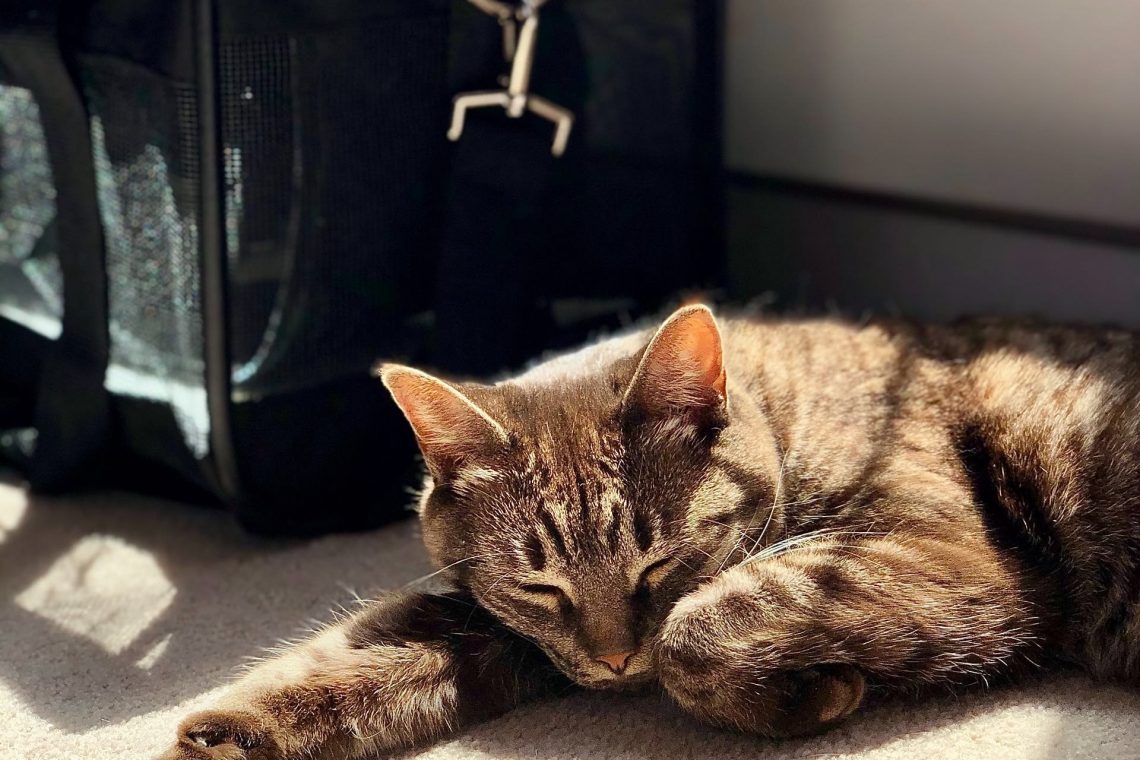
How to make your cat’s carrier a friend, not foe
Choosing the best kind of carrier for your cat
Choosing the right carrier is fundamental to your cat’s comfort and sense of security—so make sure that your carrier is sturdy, quiet and provides easy access to your cat. Top loading carriers are easiest to access for you and for your veterinary office staff.
There are both “soft shell” and “hard shell” carriers available and your choice depends on your preferences. I prefer a hard plastic carrier that is easy to take apart and has a door on top that can be opened for easy access to your kitty, but also makes it a lot easier to place him in the carrier at home. Hard carriers are also easier to strap into a car seat with the standard seat belt, so I think they’re very safe for car travel.
If you are looking for a carrier for airplane travel, a “soft shell” carrier may be a better option. This type of carrier has some give so that it can be placed under the seat in front of you during takeoff and landing to protect your furry friend.
You can follow the Amazon product links for a good option for each kind of carrier.
Training cats into the carrier
By strategically placing the carrier in your cat’s favorite resting spots around the home, you transform the carrier from a threatening object to a cozy retreat—ensuring an easier and more comfortable experience when it comes time to transport your kitty. Placing a favorite catnip toy inside the carrier is a good idea to encourage your kitty to enter it without force.
Making the carrier cat-friendly
To turn the carrier into a safe, cozy spot for your cat, make it warm and welcoming. Place articles of clothing, towels or soft blankets in the carrier, and place the carrier in a warm, easily accessed spot in your home.
Making carriers irresistible to cats
To make a carrier irresistible to your cat, use praise and food rewards each time the cat enters the carrier successfully. Once your cat is comfortable entering the carrier, continue to make it a desirable by playing with toys and offering meals in and around the carrier. Though it can sometimes be a slow process to train a cat to love its carrier, always remain patient and calm with your cat—it’s learning a valuable behavior!
Going for a ride
Use this simple, staggered training program to ensure your cat’s trips in the car are as relaxing and happy as possible. By starting out slowly and gradually increasing the time your cat spends in the car, you’ll reduce the risk of surprise and nurture a calm travel experience for your cat.
~ This site is supported by its audience. When you purchase on Amazon through links on my site, I may earn an affiliate commission. ~





